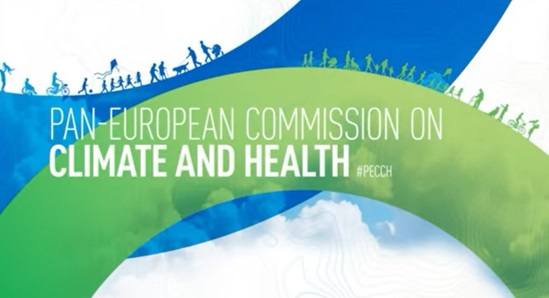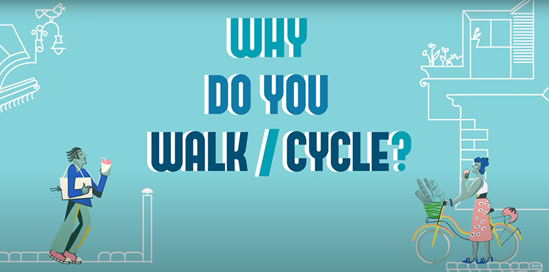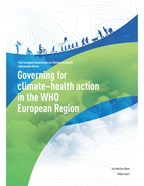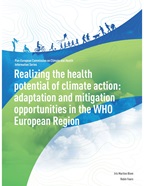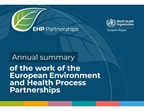WHO promotes safe and healthy active mobility to reduce physical inactivity, estimated to cause about 1 million deaths each year in the WHO European Region. Inactivity contributes to many noncommunicable diseases, which are responsible for a large part of the Region’s health burden.
Active mobility to enhance health and well-being
Active mobility, such as walking and cycling, offers numerous benefits for our health, the environment and society. Walking and cycling enhance mental health and well-being and reduce the risk of many noncommunicable diseases, including cancer, type-2 diabetes, coronary heart disease and obesity. These health benefits translate into substantial cost savings for health-care systems.
Choosing to cycle or walk instead of driving also reduces traffic congestion, improves urban air quality, and helps mitigate climate change by reducing emissions of greenhouse gases. Unlike motor vehicles powered by combustion engines, active mobility produces little to no noise, leading to quieter urban environments. Walking- and cycling-friendly street designs reduce driving speeds, creating safer, greener and more lively cities for everyone. Embracing active mobility also provides opportunities to create green jobs, and directly contributes to achieving many of the Sustainable Development Goals.
WHO’s response
Promoting healthy and sustainable transport is at the core of the WHO European Programme of Work 2020–2025 – “United Action for Better Health in Europe”; the Global Action Plan on Physical Activity; the WHO European Environment and Health Process; and the Transport, Health and Environment Pan-European Programme (THE PEP), jointly led by WHO/Europe and the United Nations Economic Commission for Europe.
WHO promotes healthy, active mobility by developing methods and tools to assess the health impacts of walking and cycling as modes of transport. It assists Member States in mainstreaming health concerns within transport and urban planning policies. Additionally, WHO conducts awareness-raising activities to highlight the opportunities and benefits of sustainable and healthy transport through social media campaigns and various health communication materials.
The “Let’s get moving! 100 reasons to walk and cycle more” campaign
The #LetsGetMoving! campaign was created for THE PEP and developed by the WHO European Centre for Environment and Health. It highlights the numerous benefits of walking and cycling. From improving personal health and enhancing community well-being to protecting the environment and stimulating economic opportunities, these activities offer countless advantages.
.






